1949 Ferrari 166 Inter Cabriolet Coachwork by Stabilimenti Farina Chassis no. 033 S Engine no. 033 S1,992cc SOHC All-Alloy 'Colombo' V12 Engine Weber 32 DCF/3 Twin-choke Carburetor 110bhp at 6,00rpm 5-Speed Manual Transmission Independent Front Suspension - Live Rear Axle 4-Wheel Hydraulic Drum Brakes *Superb, factory-correct restoration recently performed by Ferrari Judge and restoration specialist *One of just 3 bespoke, truly unique hand-built examples made *Matching-numbers example, retaining its original bodywork and chassis *Fastidiously documented with restoration file, Massini report and Ferrari Classiche 'Red Book' Certification *Ready for the most competitive Concours d'Elegance judging around the world THE FERRARI 166 Enzo Ferrari had begun planning his new car during the war and in 1946 commissioned Gioacchino Colombo to design a small-capacity V12 engine for it. The 1.5-litre Tipo 125 unit took its designation from the capacity of an individual cylinder (125cc), thus instigating a system of nomenclature that would characterize Ferraris for many years to some. Ferrari's Tipo 125 sports-racer made its competition debut in 1947 and by mid-season had been re-designated Tipo 159, its engine having been enlarged to 1.9 liters. Later in the year the first Tipo 166 (2.0-litre) unit appeared. In race tune up to 150bhp was available - the Inter road car with its twin-choke Weber carburetor produced 110bhp - which was transmitted via a five-speed gearbox, an unusual feature in those days, even on a competition car. The twin-tube chassis employed transverse leaf and double wishbone front suspension and a semi-elliptically sprung live rear axle located by torsional stabilizing bars. Houdaille hydraulic shock absorbers were fitted all round. Before long Ferrari had become the dominant force in international sports car racing, 1949 proving to be a phenomenal year for the Tipo 166, which claimed victory in three of the world's most prestigious events: the Mille Miglia, Targa Florio and Le Mans 24-Hour Race, a quite outstanding achievement. THE MOTORCAR OFFERED Offered here is a truly significant Ferrari, one of just three such examples featuring bespoke Cabriolet coachwork by Carrozzeria Stabilimenti Farina. Ferrari's road cars were allocated odd numbers at this time (the competition cars had even numbers) making this car only the sixteenth road-going Ferrari completed. According to the report on file compiled by leading Ferrari historian Marcel Massini, Ferrari 166 chassis no. 033 S was manufactured by hand during a 9-month period, starting in June of 1949. On October 7th, 1949, the Certificate of Origin was issued, and on November 5th of 1949, Enzo Ferrari sold the Ferrari to one of his top VIP clients, Dr. Enrico Wax of Wax & Vitale S.p.A, Genova, Italy based importer of Johnny Walker whiskey and owner of many important early Ferraris. 3,000,000 lire was paid for the car. 033 S was to be clothed by Carrozzeria Stabilimenti Farina in delicate Cabriolet bodywork featuring a split windshield as seen on the car today, and the work was completed so the new Ferrari could be road registered by March of 1950. The great coachbuilding legacy of Stabilimenti Farina has long been known for its elegant and pure designs. In business from 1906 until 1953, the Turin-based firm employed many of the greatest Italian automotive designers in their early years, such as Pietro Frua, Felice Mario Boano, Giovanni Michelotti, Alfredo Vignale, and of course Battista Farina, who went on to establish Pininfarina. The Ferrari was finished exactly as it appears today, with the Cabriolet bodywork painted 'Avorio Antico' and the interior trimmed in 'Bleu Ceruleo' with matching soft top. In keeping with tradition, the car was built with right-hand drive steering - it being deemed safer to sit on the right when driving across the Alps, which at that time were cursed with poor roads lacking in safety barriers. In July of 1951, Wax & Vitale sold 033 S to the sec
1949 Ferrari 166 Inter Cabriolet Coachwork by Stabilimenti Farina Chassis no. 033 S Engine no. 033 S1,992cc SOHC All-Alloy 'Colombo' V12 Engine Weber 32 DCF/3 Twin-choke Carburetor 110bhp at 6,00rpm 5-Speed Manual Transmission Independent Front Suspension - Live Rear Axle 4-Wheel Hydraulic Drum Brakes *Superb, factory-correct restoration recently performed by Ferrari Judge and restoration specialist *One of just 3 bespoke, truly unique hand-built examples made *Matching-numbers example, retaining its original bodywork and chassis *Fastidiously documented with restoration file, Massini report and Ferrari Classiche 'Red Book' Certification *Ready for the most competitive Concours d'Elegance judging around the world THE FERRARI 166 Enzo Ferrari had begun planning his new car during the war and in 1946 commissioned Gioacchino Colombo to design a small-capacity V12 engine for it. The 1.5-litre Tipo 125 unit took its designation from the capacity of an individual cylinder (125cc), thus instigating a system of nomenclature that would characterize Ferraris for many years to some. Ferrari's Tipo 125 sports-racer made its competition debut in 1947 and by mid-season had been re-designated Tipo 159, its engine having been enlarged to 1.9 liters. Later in the year the first Tipo 166 (2.0-litre) unit appeared. In race tune up to 150bhp was available - the Inter road car with its twin-choke Weber carburetor produced 110bhp - which was transmitted via a five-speed gearbox, an unusual feature in those days, even on a competition car. The twin-tube chassis employed transverse leaf and double wishbone front suspension and a semi-elliptically sprung live rear axle located by torsional stabilizing bars. Houdaille hydraulic shock absorbers were fitted all round. Before long Ferrari had become the dominant force in international sports car racing, 1949 proving to be a phenomenal year for the Tipo 166, which claimed victory in three of the world's most prestigious events: the Mille Miglia, Targa Florio and Le Mans 24-Hour Race, a quite outstanding achievement. THE MOTORCAR OFFERED Offered here is a truly significant Ferrari, one of just three such examples featuring bespoke Cabriolet coachwork by Carrozzeria Stabilimenti Farina. Ferrari's road cars were allocated odd numbers at this time (the competition cars had even numbers) making this car only the sixteenth road-going Ferrari completed. According to the report on file compiled by leading Ferrari historian Marcel Massini, Ferrari 166 chassis no. 033 S was manufactured by hand during a 9-month period, starting in June of 1949. On October 7th, 1949, the Certificate of Origin was issued, and on November 5th of 1949, Enzo Ferrari sold the Ferrari to one of his top VIP clients, Dr. Enrico Wax of Wax & Vitale S.p.A, Genova, Italy based importer of Johnny Walker whiskey and owner of many important early Ferraris. 3,000,000 lire was paid for the car. 033 S was to be clothed by Carrozzeria Stabilimenti Farina in delicate Cabriolet bodywork featuring a split windshield as seen on the car today, and the work was completed so the new Ferrari could be road registered by March of 1950. The great coachbuilding legacy of Stabilimenti Farina has long been known for its elegant and pure designs. In business from 1906 until 1953, the Turin-based firm employed many of the greatest Italian automotive designers in their early years, such as Pietro Frua, Felice Mario Boano, Giovanni Michelotti, Alfredo Vignale, and of course Battista Farina, who went on to establish Pininfarina. The Ferrari was finished exactly as it appears today, with the Cabriolet bodywork painted 'Avorio Antico' and the interior trimmed in 'Bleu Ceruleo' with matching soft top. In keeping with tradition, the car was built with right-hand drive steering - it being deemed safer to sit on the right when driving across the Alps, which at that time were cursed with poor roads lacking in safety barriers. In July of 1951, Wax & Vitale sold 033 S to the sec
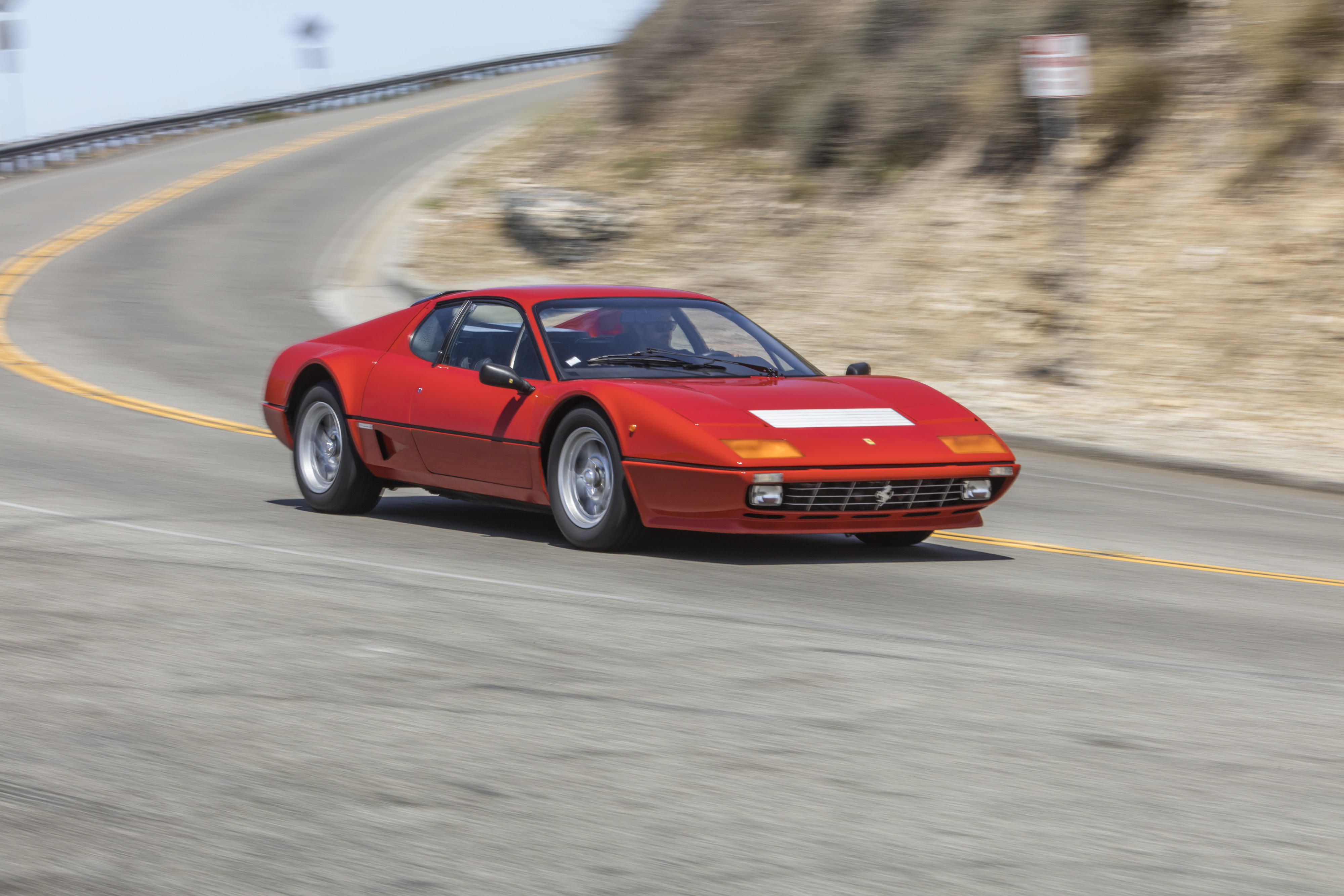
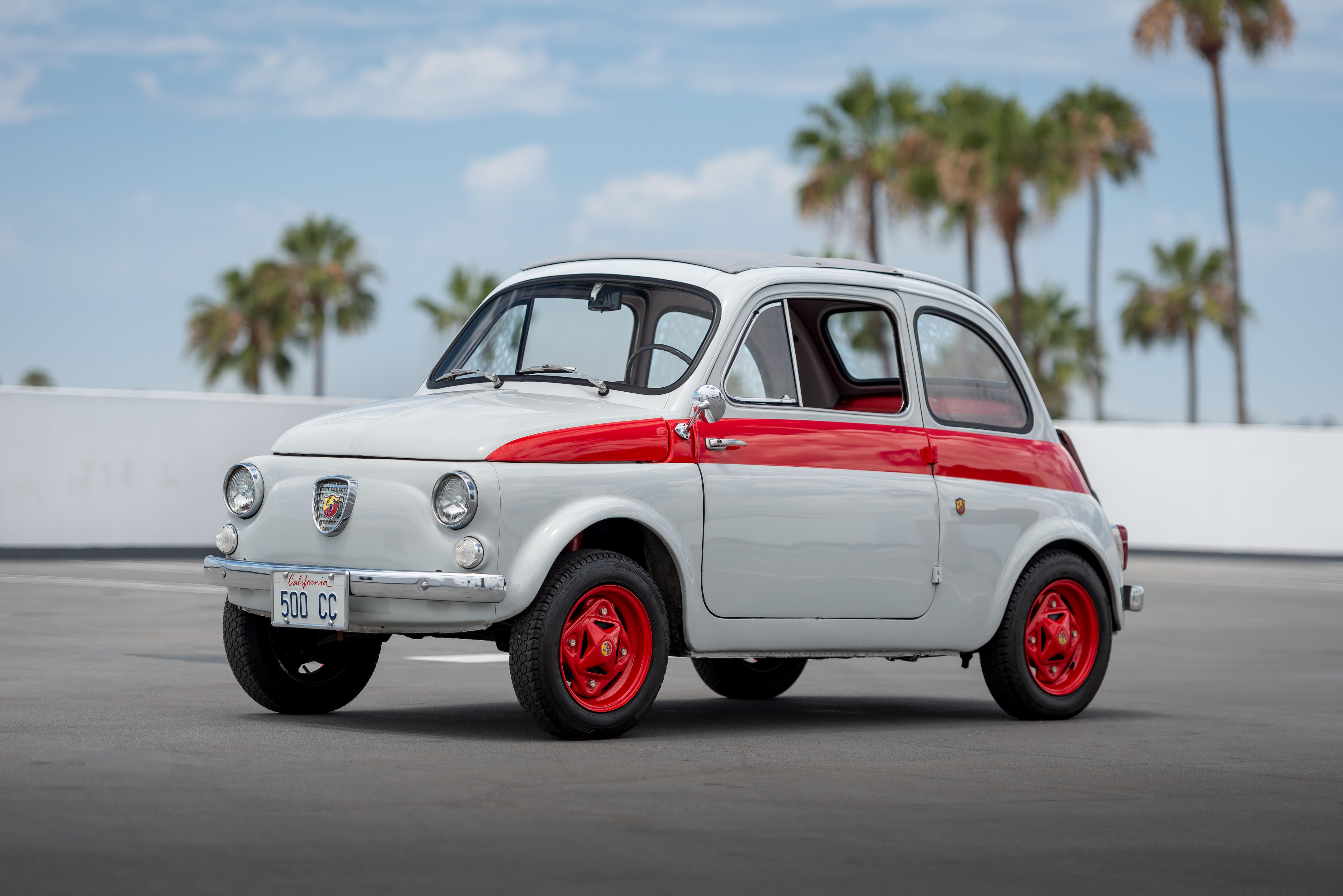
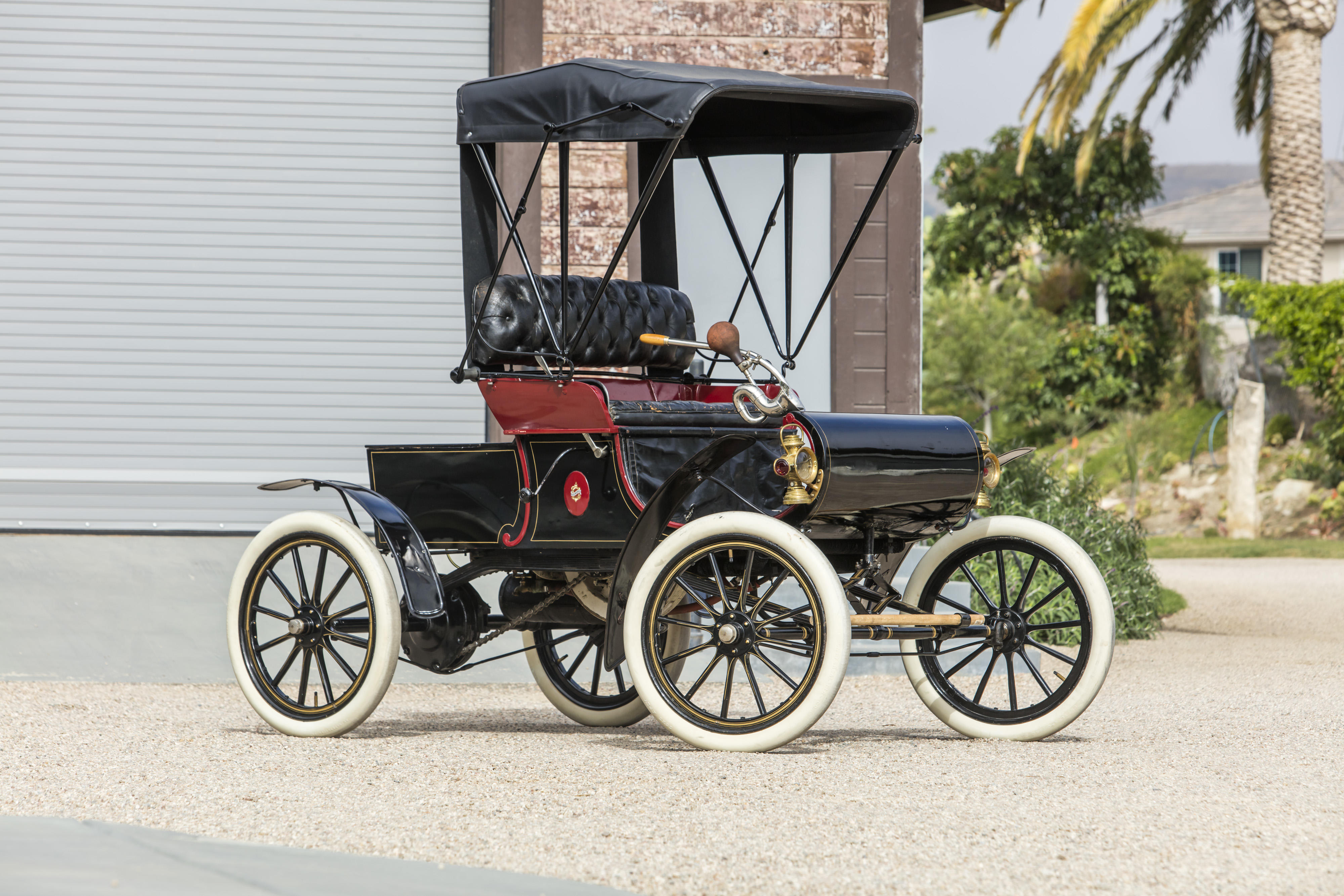
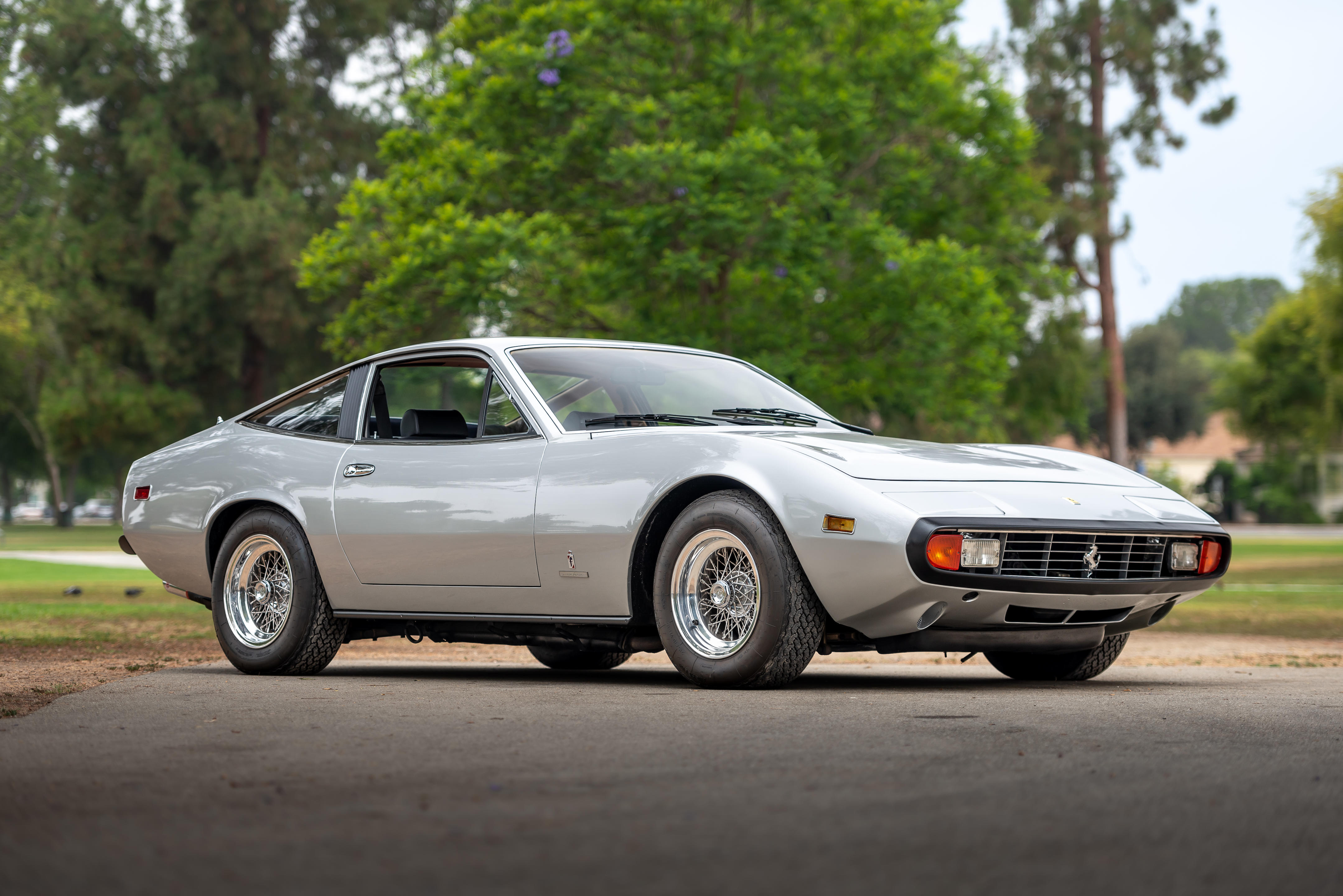
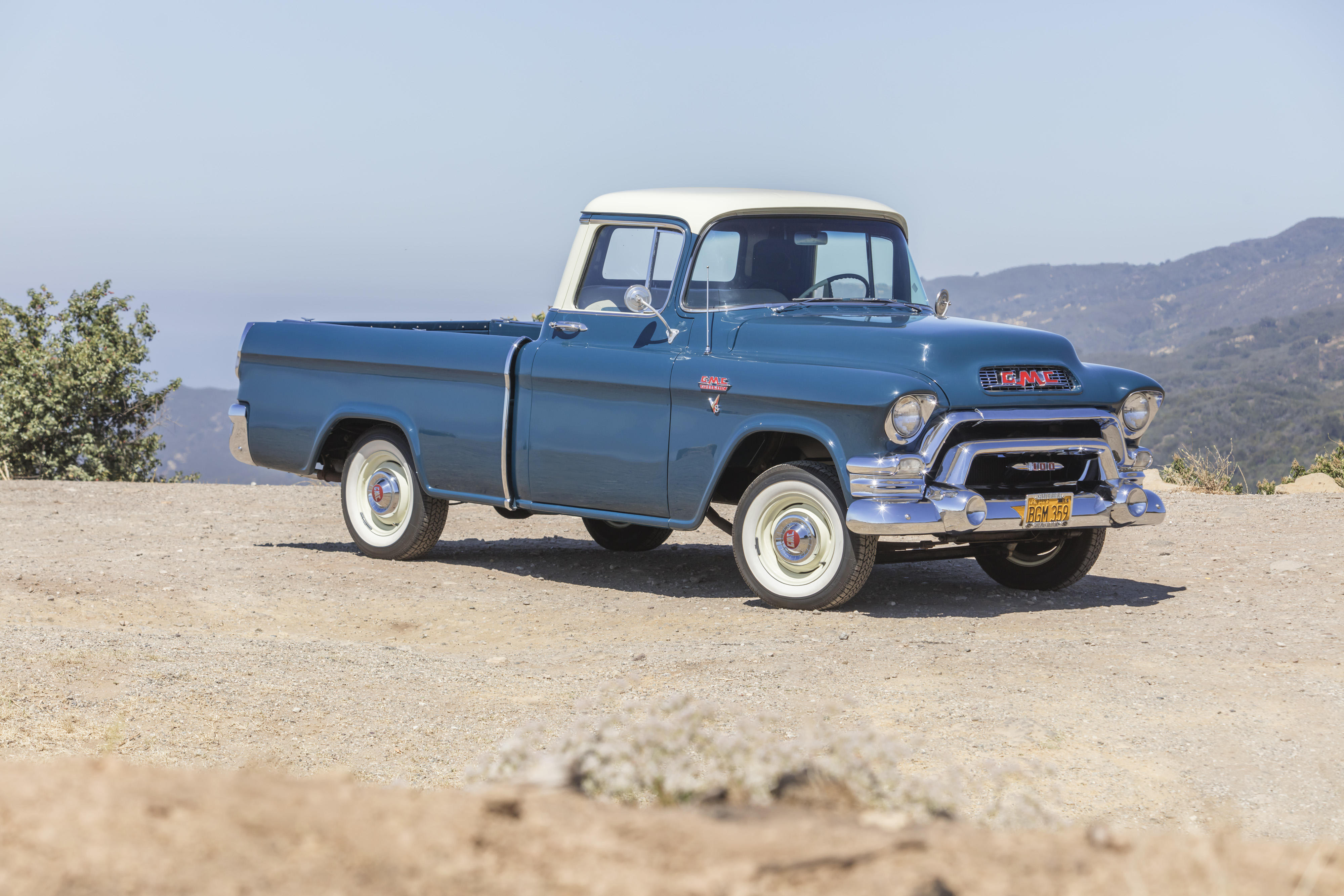
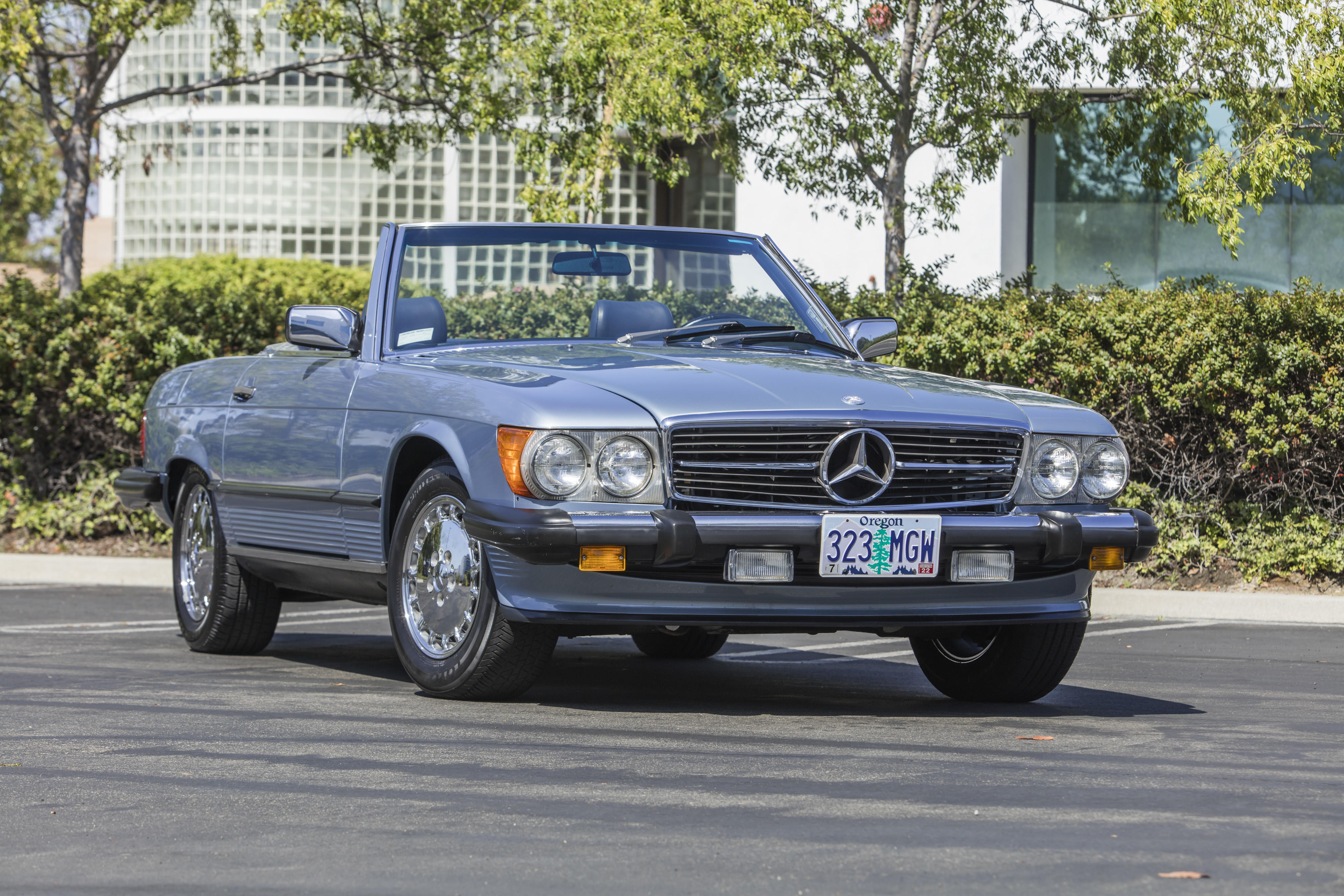
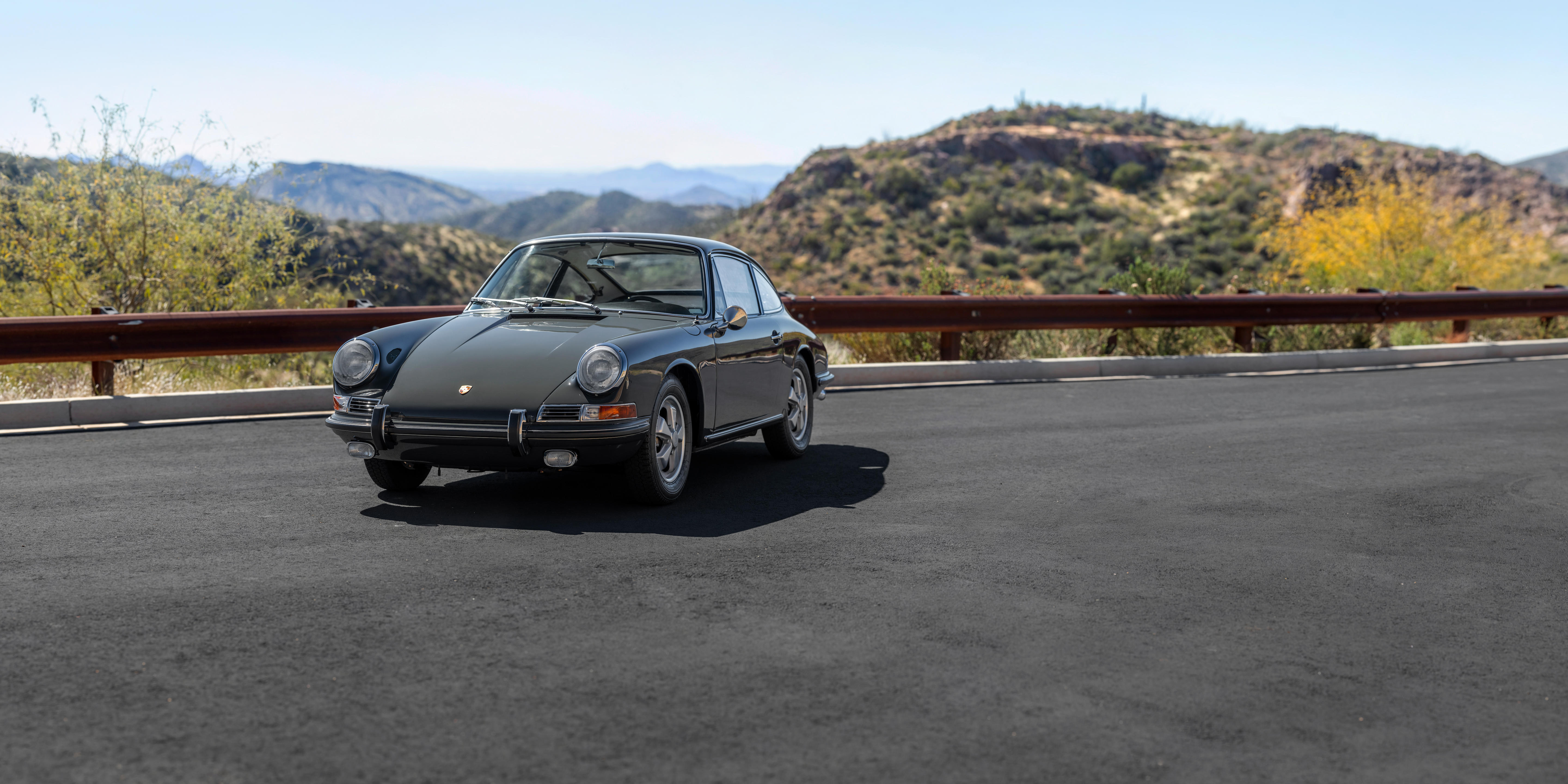
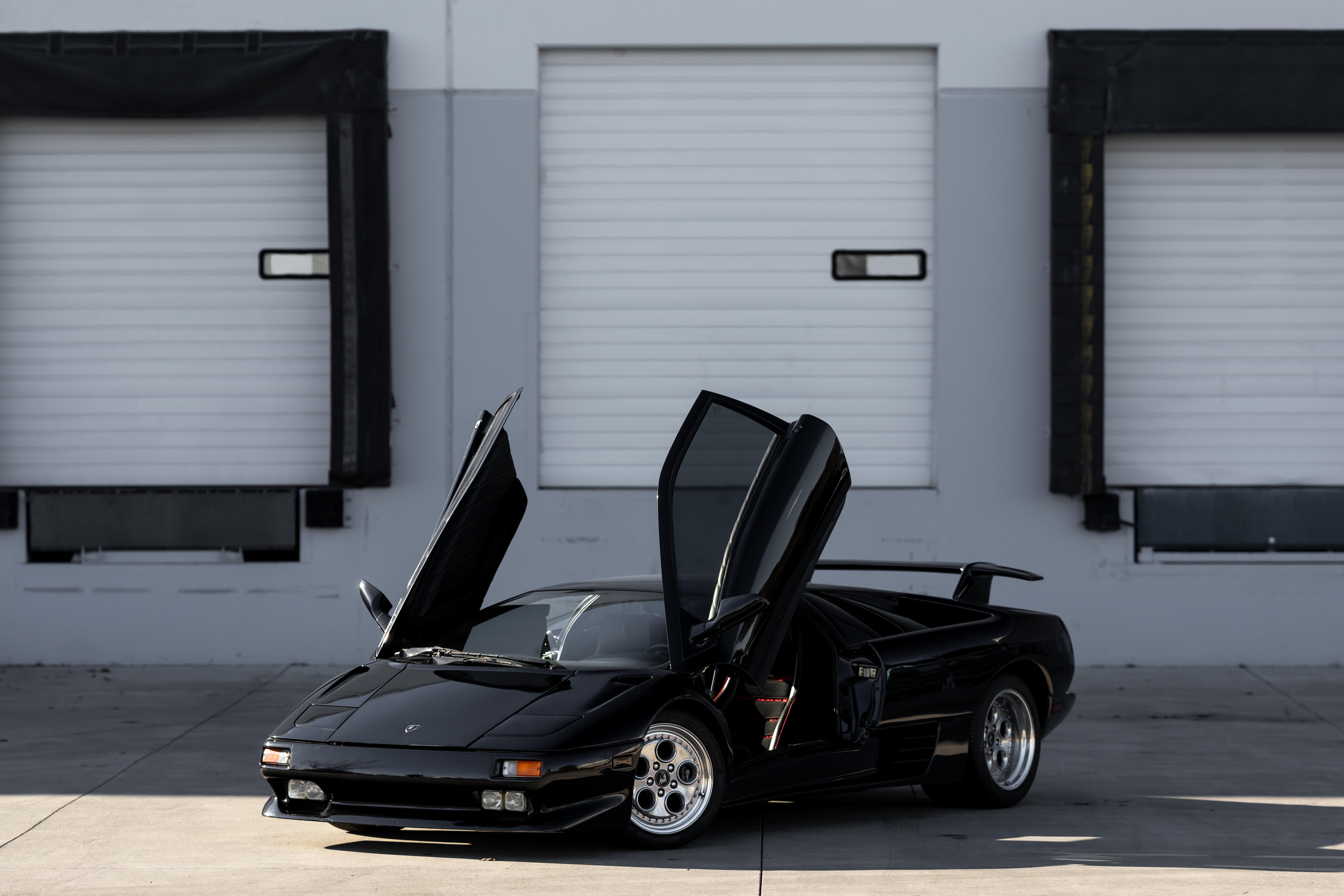
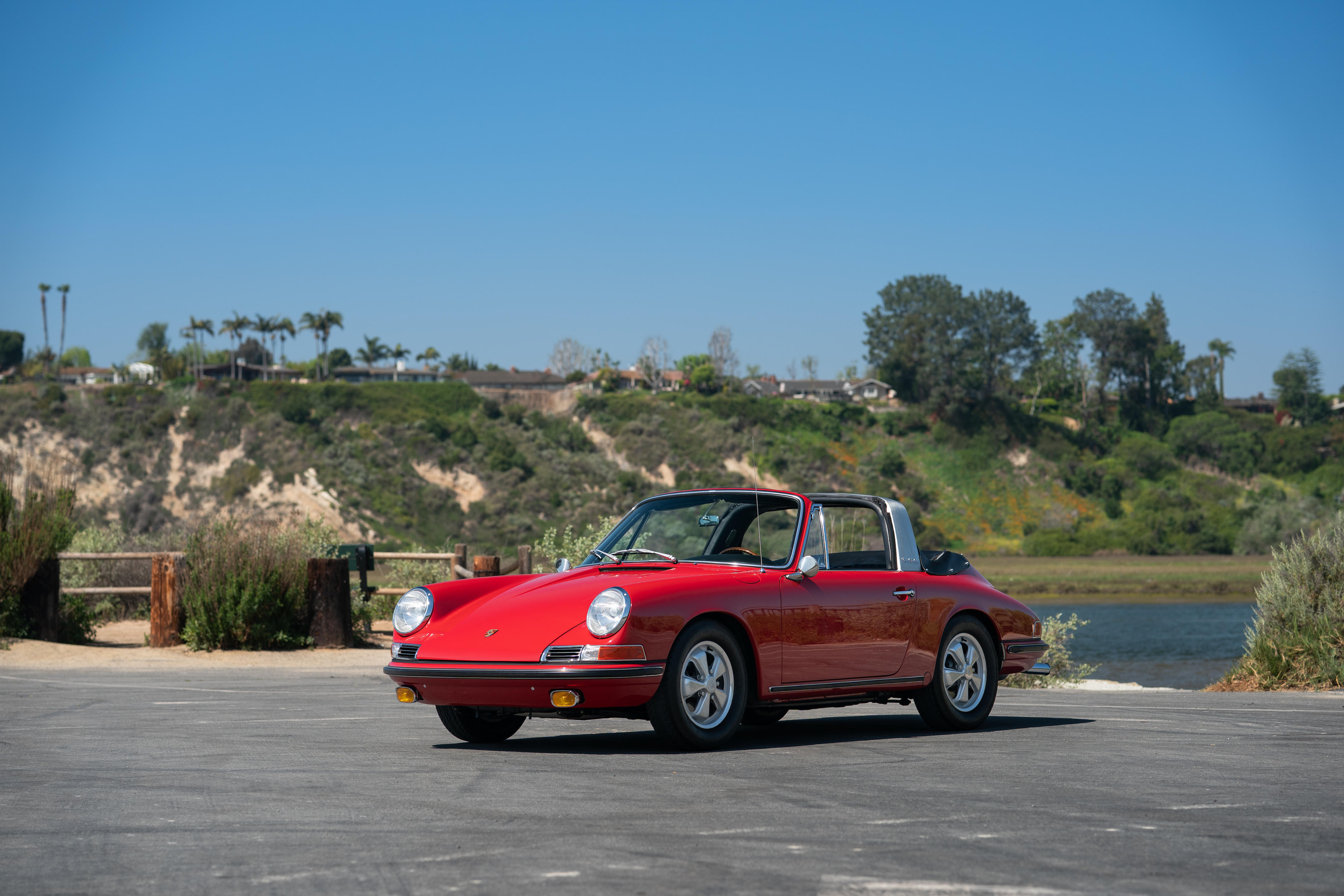


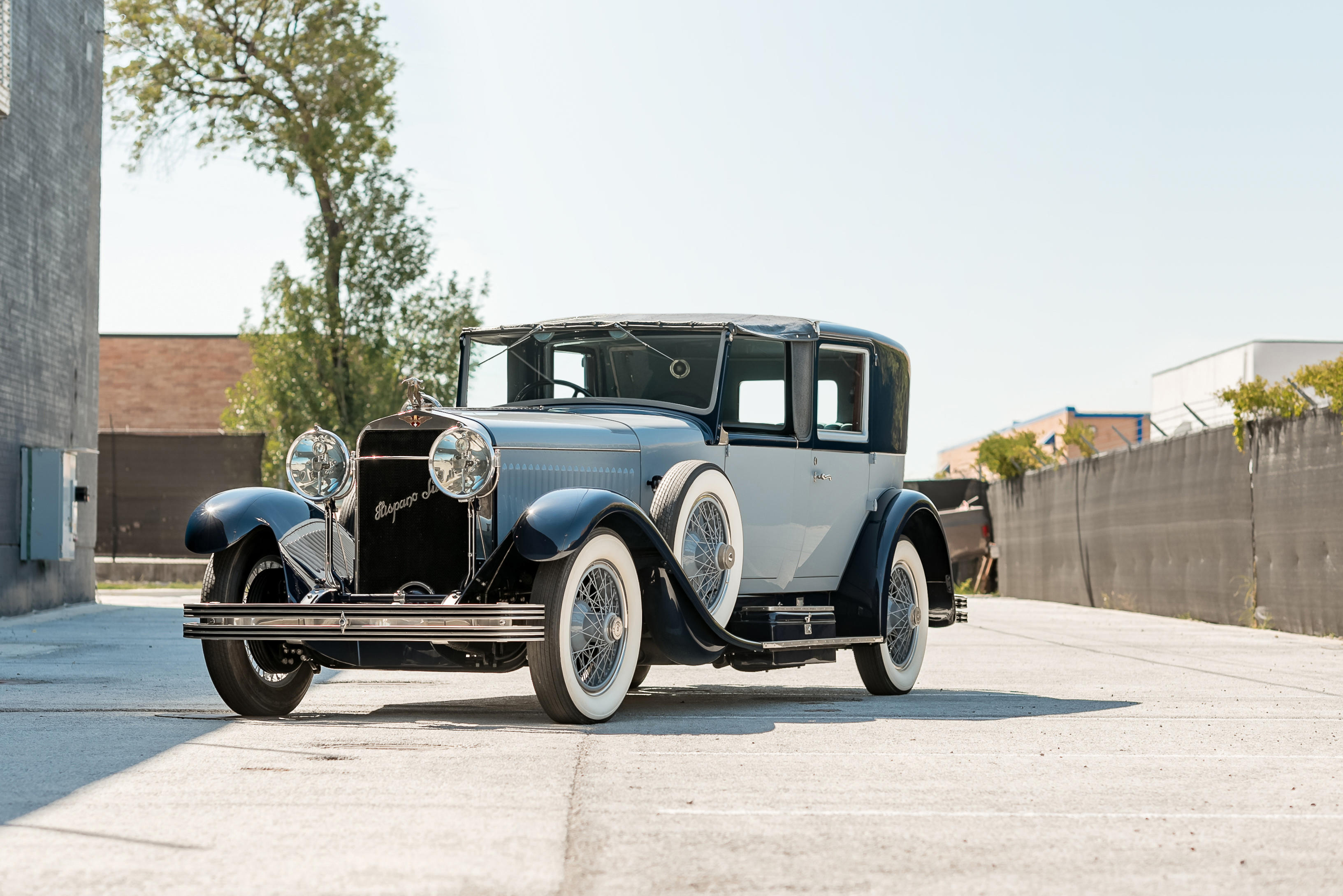
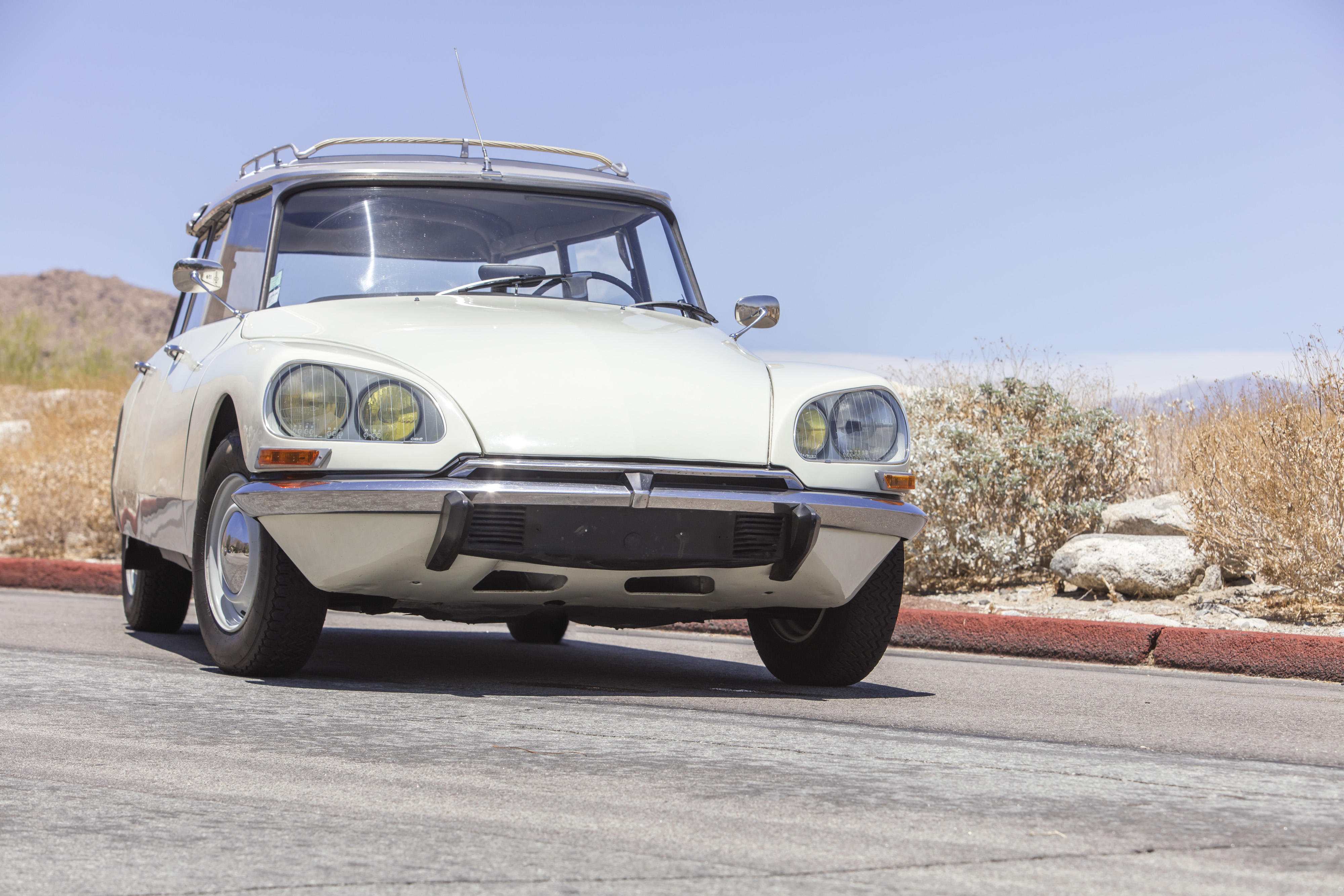

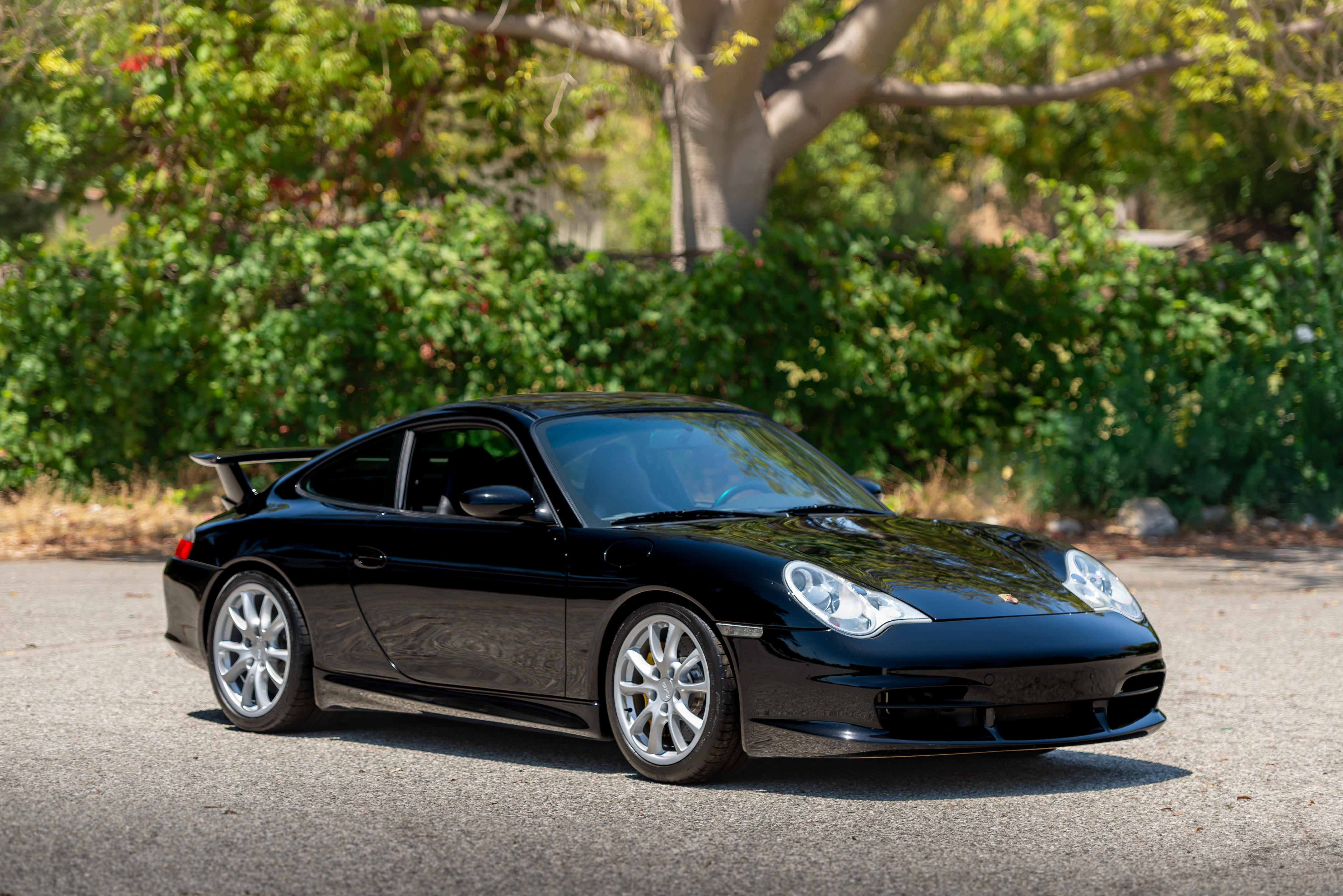
Testen Sie LotSearch und seine Premium-Features 7 Tage - ohne Kosten!
Lassen Sie sich automatisch über neue Objekte in kommenden Auktionen benachrichtigen.
Suchauftrag anlegen